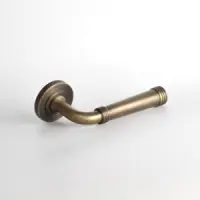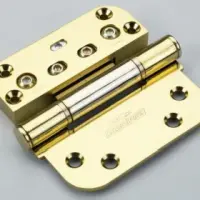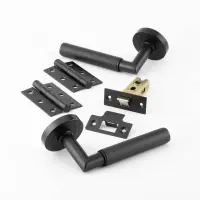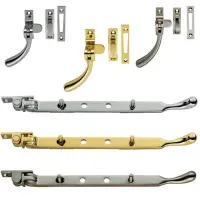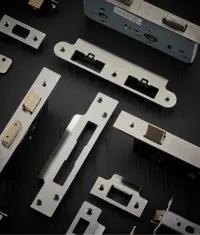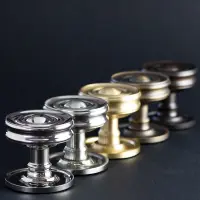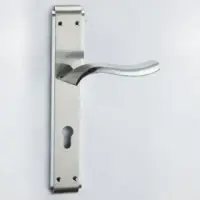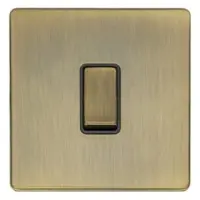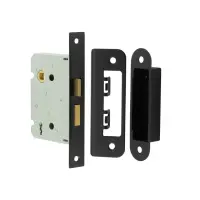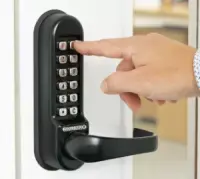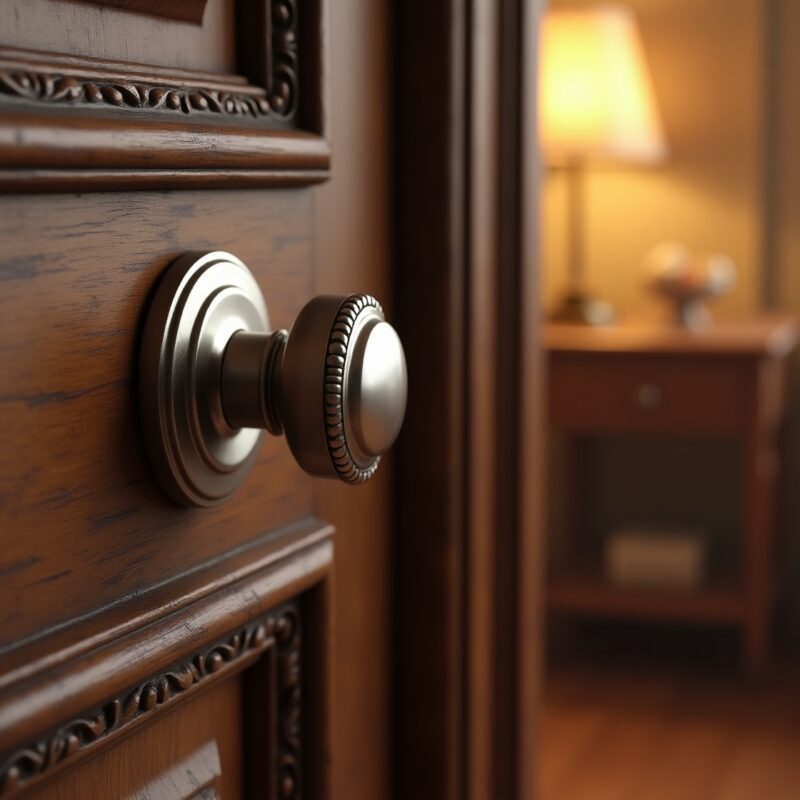Door Knobs
Door Knobs: The Timeless Detail That Transforms Every Door
Pause. Picture your favourite door in the house.
Now ask yourself—what’s holding it together?
And more importantly—what’s inviting you to open it?
Often, it’s a small, round, often-overlooked object: the door knob.
We twist it without thinking.
We replace it without care.
We assume it’s always just… there.
But the truth is this: door knobs are the jewellery of architecture.
Underestimated. Underrated. And too often, chosen as an afterthought.
Not anymore.
Not in 2025.
Not if WebIronmongery.com has anything to say about it.
The Quiet Power of Door Knobs
Open any luxury interior magazine and you’ll notice one thing:
Even in rooms dominated by colour, scale, or lighting—the door knob still commands attention.
Why?
Because it’s the thing we physically engage with most.
It’s the gateway between rooms.
It’s the part of your door that lives in your palm.
The texture. The shape. The finish. The weight.
It all matters.
A poorly chosen knob throws the whole design off.
But a perfectly chosen one?
It anchors the space.
At WebIronmongery.com, we don’t sell “knobs.”
We offer knobs that tell stories—of era, of aesthetic, of intention.
Case Study: How One Simple Switch Transformed a Period Property
One of our clients recently purchased a character-filled home with traditional timber doors.
But the knobs? Modern, lightweight, mass-produced.
“They didn’t match anything. They felt hollow. Cheapened everything else.”
After a full hardware consultation, they chose:
- Solid brass mortice door knobs for internal rooms
- Glass knobs with antique rose plates for bathrooms
- Ebonised beehive door knobs for upstairs rooms
The impact was instant.
Suddenly, the original doors belonged.
“Friends asked if we restored the doors. We didn’t. We just changed the knobs. That’s how powerful the difference was.”
Door Knobs Are the Underrated Game-Changers
Let’s talk materials.
Not all door knobs are created equal.
And the UK market is waking up to this.
Over the past two years:
- Sales of solid brass door knobs have risen by 35%
- Designers increasingly specify knobs over levers in traditional projects
- 70% of renovators say their door knobs are now a key part of their interior planning
Why?
Because knobs are multi-sensory design objects.
They don’t just look good.
They feel intentional.
They create memory.
You remember a good knob.
You forget a bad one.
What Makes a Door Knob “Good”?
Let’s break it down.
- Material Integrity
Solid brass, porcelain, forged iron, glass. These knobs age well, feel grounded, and signal quality.
- Weight and Balance
A well-made door knob is never flimsy. It turns with subtle resistance and returns to centre effortlessly.
- Finish Matching
Whether you prefer satin nickel, aged bronze, or polished chrome—your door knobs should coordinate with your hinges, locks, and latches.
- Backplate Compatibility
Sometimes it’s about the full set. Choose knobs with matching roses or backplates to echo your design story.
- Functionality Fit
From mortice knobs to rim knobs to privacy sets, it’s not just about looks—it’s about where and how they’re used.
And we guide you through all of it at WebIronmongery.com.
UK Testimonial: From “Just Hardware” to “Now It All Makes Sense”
One customer shared:
“We were upgrading paint and lights. Then our designer said—‘Change the knobs. Trust me.’
We went with aged brass mushroom knobs throughout. Suddenly the house felt cohesive. And guests noticed.”
Another added:
“I never thought I’d care about door knobs. But now, it’s one of my favourite parts of the house. They just feel… right.”
In British homes—where space is often tight and light is precious—small details have massive impact.
And door knobs are one of the most powerful, affordable upgrades you can make.
Designer Insight: Why Knobs Are Back in Fashion
You’d think levers dominate the market.
But here’s the twist (pun intended): door knobs are making a major comeback.
Why?
Because they:
- Offer a cleaner, rounder visual language
- Work beautifully in heritage and transitional homes
- Are easier to coordinate across multiple rooms
- Bring softness to geometric interiors
Interior designers across the UK are choosing knobs for their ability to bridge the old and the new—without making a fuss.
And at WebIronmongery.com, we carry door knobs that span every style—from Georgian elegance to minimalist modernism.
FAQs
- What’s the difference between a door knob and a door handle?
A door knob is typically round or oval and rotates to open the door. Handles (or levers) are linear and push down. Knobs offer a classic aesthetic and are often preferred in period or traditional homes. - Are door knobs easy to install on old doors?
Yes. Most door knobs, especially those sold at WebIronmongery.com, come with fittings compatible with UK doors, whether they’re new or reclaimed. You may just need to match the spindle size or latch type. - Which door knobs are best for traditional homes?
Solid brass, porcelain, and antique-finish knobs work beautifully in period-style homes. Styles like mushroom knobs, bun knobs, and beehive knobs are especially popular for classic British interiors. - Can I use the same door knobs throughout the house?
Yes, and we recommend it for consistency. You can even use different finishes within the same collection for subtle variation (e.g., polished brass downstairs, aged brass upstairs). - Where can I buy quality door knobs in the UK?
WebIronmongery.com offers a wide collection of high-quality, design-forward door knobs—carefully curated for both modern and traditional UK homes.
Door Knobs Aren’t Minor. They’re Monumental.
We often say, “The devil’s in the details.”
But when it comes to door knobs, the delight is in the details too.
They’re the first impression and the final farewell.
They’re what you touch at the start and end of every day.
And if chosen right, they elevate the entire home—quietly, consistently, beautifully.
So if you’re renovating, upgrading, or simply tired of that squeaky, bland fixture—
Let door knobs lead the way.
At WebIronmongery.com, we help you choose knobs that do more than open doors.
They open experiences.
They open conversations.
They open admiration.
Ready to turn the door knob?
Your design story starts now.

